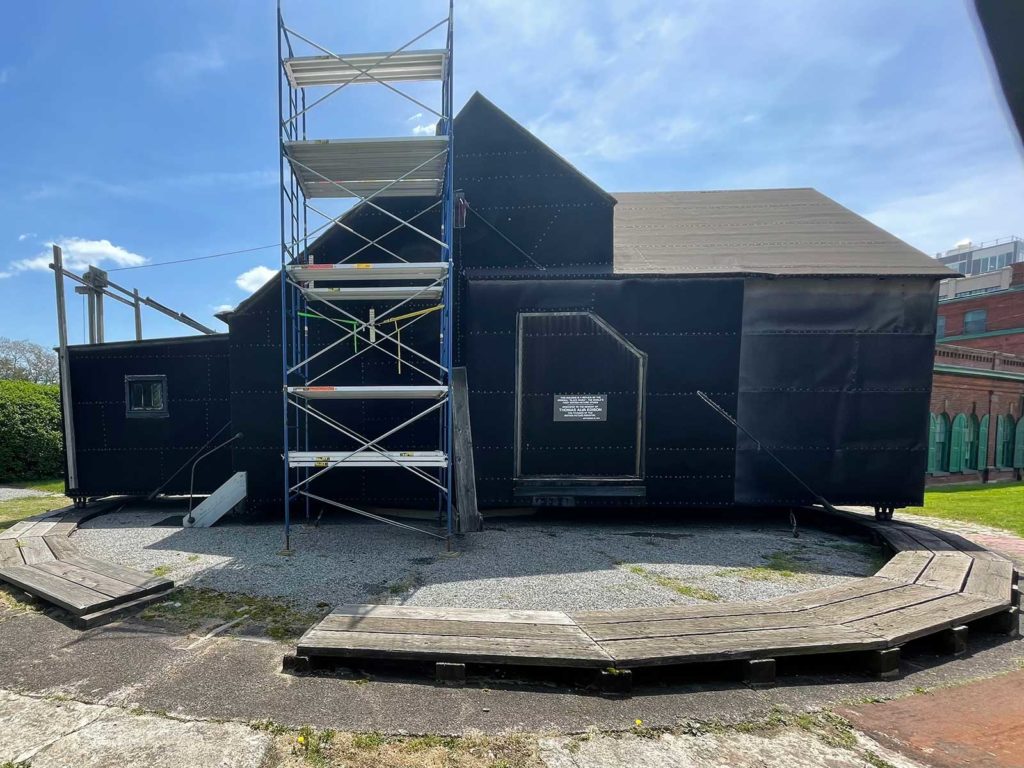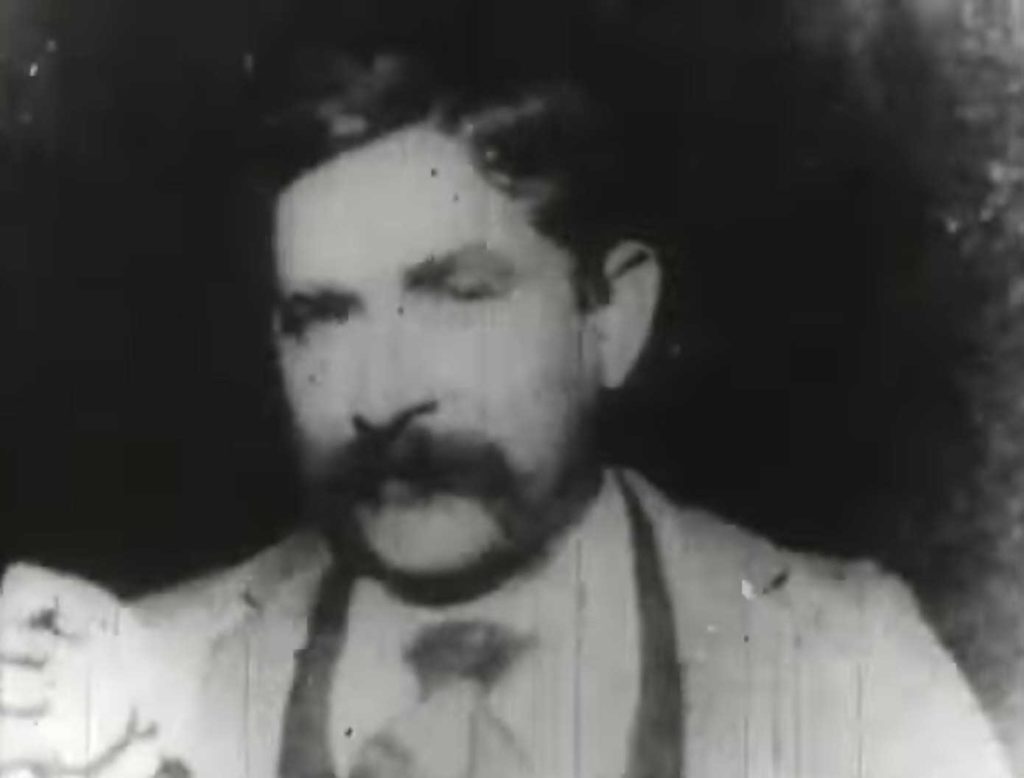
The world’s first movie production house, the Black Maria, on display at the Thomas Edison museum in West Orange, is getting a huge investment to make the exhibit more tourist-friendly.
The Friends of Thomas Edison National Historic Park is raising $150,000 to cover the costs of electrical and structural repairs that will make the exhibit more accessible with a ramp and allow tourists to view Edison’s films.
The Black Maria sits on a circular track with a hand-pulleyed sunroof that lets in natural sunlight. The roof, as well as the wooden beams used to construct the rails, need to be replaced, Council President Susan McCartney, trustee of the Friends of Thomas Edison National Historic Park told the town council last month.

The films recorded within the Black Maria, built in 1894, were simple and only a few seconds long. That year alone, more than 70 films were made. The subjects included the exotic (the first onscreen kiss) and the absurd (kittens boxing). In fact, some of the earliest actors were Edison’s laboratory staff. The most famous subject was Fred Ott, a longtime employee, who famously sneezed in a brief reel. This became the world’s first copyrighted film. These early films were also soundless — Edison never succeeded in syncing the motion picture to his phonograph.
“He had limited success but the war ended that project,” said Paul Israel, director and general editor of the Thomas A. Edison Papers at Rutgers University.
The Black Maria became obsolete as camera technology rapidly progressed. The prototypes included Charles Francis Jenkins’ Phantoscope, Jenkins’ Vitascope which he designed with Thomas Amat, and the Lumière brothers’ Cinematographe. These portable devices allowed filmmakers to travel with their equipment to record events instead of requiring the subjects to come to the studio. A timeline of Edison’s early films can be found in Charles Musser’s book Edison Motion Pictures, which features the Black Maria on its cover.
“Filming the world became more common and story films began to emerge,” Israel said, noting one of the first narrative films, made in 1902, was Georges Méliès’ Jules Verne-inspired film A Trip to the Moon.
The Black Maria structure on display at the museum is actually the second replica. The first was built in 1940 for a biopic about Edison called Edison the Man. The current exhibit is from 1954 for the Edison Foundation. The original Black Maria was demolished around the time when Edison moved his film studio to New York City, Israel said.
Friends of Thomas Edison National Historic Park are hosting a fundraiser for the Black Maria on May 15.